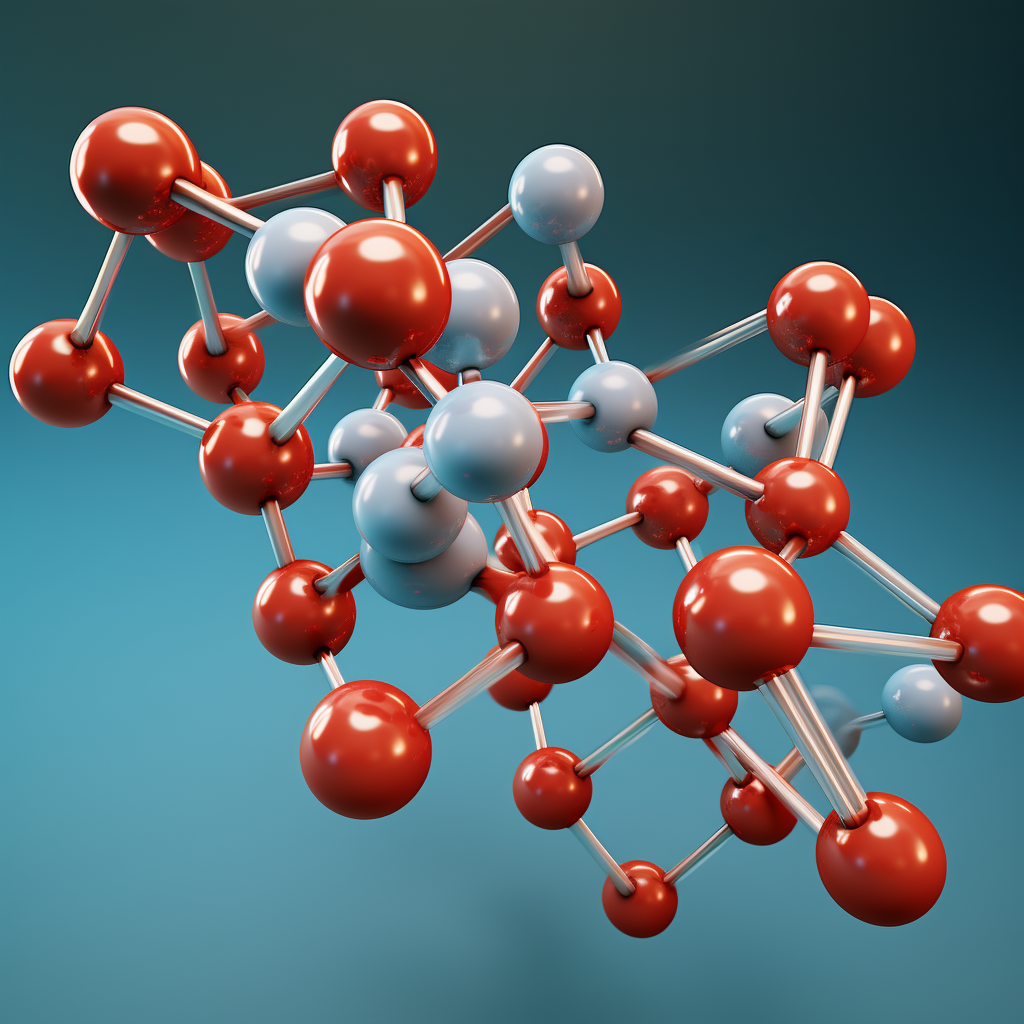Karvea
- I. Introduction to Karvea
- II. Composition of Karvea
- III. Uses of Karvea
- IV. Off-Label Uses of Karvea
- V. How Karvea Works
- VI. Dosage and Administration
- VII. Side Effects of Karvea
- VIII. Interactions of Karvea
- IX. Warnings and Contraindications
- X. Special Considerations in Administration
- XI. Overdose and Management
- XII. Storage and Handling Precautions
- XIII. Important Precautions and Patient Education
I. Introduction to Karvea
Overview of Karvea as a Medication
Karvea, a pharmaceutical advancement in the field of managing hypertension, serves as a crucial treatment option in the fight against high blood pressure. Recognized for its effectiveness, Karvea brings optimism to patients seeking stability in their health.
Brief History and Development
The origin story of Karvea is a tale of scientific innovation. Born out of pharmaceutical research, this medication has undergone thorough clinical trials to determine its effectiveness as a valuable tool in the arsenal of cardiologists.
II. Composition of Karvea
Active Ingredients and Their Roles
The effectiveness of Karvea mainly comes from its component, which works as a blocker for angiotensin II receptors. This is a way to help control high blood pressure. The role of this ingredient is essential in reducing increases in blood pressure.

Excipients and Additives
Karvea is designed with a combination of substances and ingredients to enhance its effectiveness absorption into the body and how well patients can tolerate it. These components work together to improve the medication's stability, bioavailability, and patient tolerability.
III. Uses of Karvea
Primary Indications and Health Benefits
Karvea is a medicine that contains the active substance irbesartan. It is used to treat essential hypertension and renal disease in patients with hypertension and type-2 diabetes mellitus as part of an antihypertensive medicinal product regimen 1. Karvea is an angiotensin-II-receptor antagonist that blocks the action of a hormone in the body called angiotensin II. By blocking the receptors to which angiotensin II normally attaches, irbesartan stops the hormone having an effect, allowing the blood vessels to widen. This allows the blood pressure to drop, reducing the risks associated with high blood pressure, such as having a stroke 1.
Karvea was originally studied in 11 trials for its effects on blood pressure. Karvea was compared with placebo (a dummy treatment) in 712 patients and with other medicines for hypertension (atenolol, enalapril or amlodipine) in 823 patients. Its use in combination with hydrochlorothiazide was also examined in 1,736 patients. The main measure of effectiveness was the reduction in diastolic blood pressure (the blood pressure measured between two heartbeats). For the treatment of kidney disease, Karvea was studied in two large studies involving a total of 2,326 patients with type-2 diabetes. Karvea was used for two years or more. One study looked at markers of kidney damage by measuring whether the kidneys were releasing the protein albumin into the urine. The second study looked at whether Karvea increased the time taken until the patients’ blood creatinine levels had doubled (a marker of kidney disease), until they needed a kidney transplant or dialysis, or until they died 1.
1: Drugs.com, Karvea - Uses, Side Effects, Benefits/Risks | Drugs.com
Comparative Effectiveness in Different Conditions
The ability to effectively reduce diastolic blood pressure is superior. This is particularly beneficial for patients who have health conditions.
IV. Off-Label Uses of Karvea
Exploring Unapproved but Practiced Uses
Karvea, a medication primarily used in practice, has found its way into realms beyond its officially approved indications. Although these off-label uses lack endorsement, they have demonstrated potential benefits in specific groups of patients.
Clinical Studies Supporting Off-Label Uses
The clinical studies have provided insights into the potential and limitations of Karvea in these unexplored areas of therapy. This information serves as a guide for research and application.
V. How Karvea Works
Pharmacodynamics: Mechanism of Action
Karveas pharmacodynamic profile is distinguished by its ability to selectively block angiotensin II receptors, which play a role, in regulating cardiovascular dynamics.
Pharmacokinetics: Absorption, Distribution, Metabolism, and Excretion
Going deeper into the journey of Karvea within the body, from being absorbed to being excreted, we discover a coordinated interplay that forms the foundation of its therapeutic effectiveness.
VI. Dosage and Administration
Recommended Dosages for Various Conditions
The dosage instructions for Karvea are customized based on the severity of the condition, reflecting an approach to managing hypertension.

Adjusting Dosage for Specific Patient Populations
Certain groups, like individuals with kidney problems or older adults, may need adjustments, in their medication dosage to ensure that it is both practical and safe.
VII. Side Effects of Karvea
Common Side Effects: Incidence and Management
While Karvea is usually well tolerated, it does have its share of side effects. It is essential for healthcare providers to be aware of these drawbacks and how to effectively manage them in order to provide the best care for patients.
Serious Adverse Effects: Recognition and Response
Serious side effects although uncommon require medical attention and quick intervention to prevent harmful outcomes.
VIII. Interactions of Karvea
Drug-Drug Interactions and Consequences
The way Karvea interacts with medications can result in a variety of outcomes so it's essential to monitor and adjust the treatment accordingly closely.
Food and Lifestyle Interactions
How we live our lives and the choices we make regarding our diet can impact how Karvea works and how safe it is. Patients need to be educated about these interactions as a part of comprehensive treatment.

IX. Warnings and Contraindications
Specific Patient Populations at Risk
Certain groups of people due to their physical characteristics, might encounter increased risks while undergoing Karvea treatment.
Conditions Warranting Cautious Use
In medical situations, it is essential to be careful when administering Karvea. This highlights the importance of evaluating and closely monitoring patients.
X. Special Considerations in Administration
Administration to the Elderly: Adjustments and Monitoring
In patients, it is essential to develop a personalized approach to treating Karvea considering the changes in how the body processes and responds to medications that occur with aging.
Administration to Pregnant Women and Nursing Mothers: Risks and Recommendations
The safety of Karvea when used during pregnancy and breastfeeding is an important issue. It guides healthcare professionals to use it carefully and closely monitor these populations.
Administration to Children: Safety and Efficacy
The use of Karvea may be less frequent in children. It still necessitates caution, evidence-based decision making, and careful monitoring to ensure its safety and effectiveness.
XI. Overdose and Management
Signs and Symptoms of Overdosage
Taking much Karvea can lead to a variety of symptoms, including severely low blood pressure, dizziness, and problems with kidney function. If you experience any of these signs, seeking help immediately is essential to prevent further complications.
Immediate Actions and Treatment Protocols
When an overdose is identified, it is essential to take action by stabilizing the cardiovascular function and closely monitoring the renal and hepatic parameters. In some cases, it may be necessary to implement supportive measures, like administering intravenous fluids and vasopressors.
XII. Storage and Handling Precautions
Optimal Storage Conditions for Efficacy and Safety
Karvea should be stored at room temperature in a dry place away from direct sunlight and moisture. It is essential to keep the medication in its packaging to maintain its effectiveness and prevent any potential contamination or deterioration.
Safe Handling and Disposal Guidelines
When dealing with Karvea, following the safety protocols used in the pharmaceutical industry is crucial. Dispose of the medication in line with regulations to ensure that unused or expired medication doesn't pose any risks to people or the environment.
XIII. Important Precautions and Patient Education
Educating Patients for Optimal Treatment Outcomes
Educating patients to ensure they follow their Karvea therapy as prescribed is crucial. Patients need to be informed about the significance of sticking to their recommended dosages, recognizing any side effects, and understanding how their lifestyle choices can affect the effectiveness of the treatment.
Proactive Measures for Managing Side Effects and Interactions
Regularly monitoring for adverse effects, making necessary adjustments to dosages, and providing patients with guidance on possible interactions between medications and lifestyle choices are all essential aspects of proactive management. This comprehensive method plays a role in optimizing therapeutic results while minimizing potential risks.













